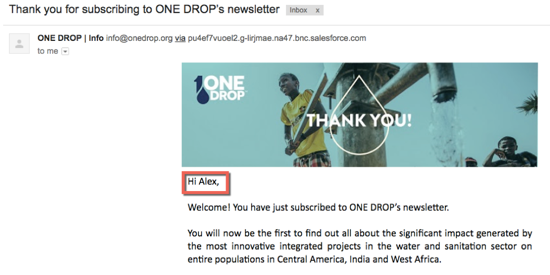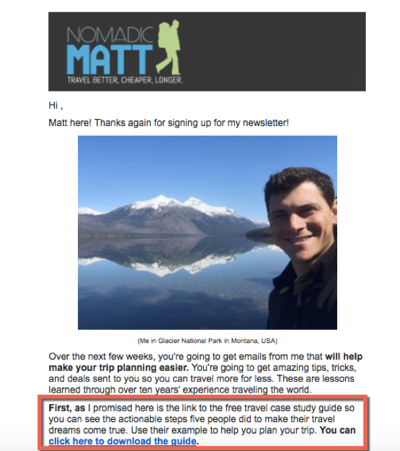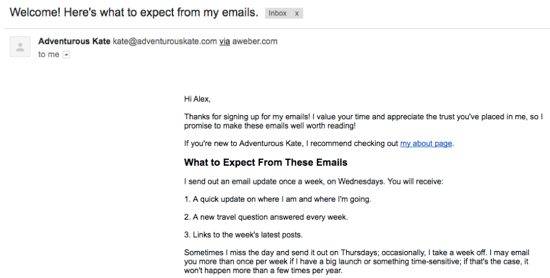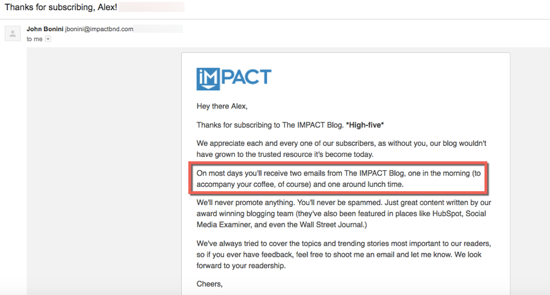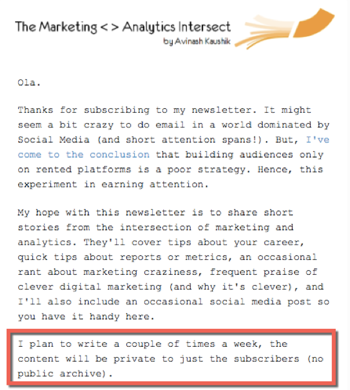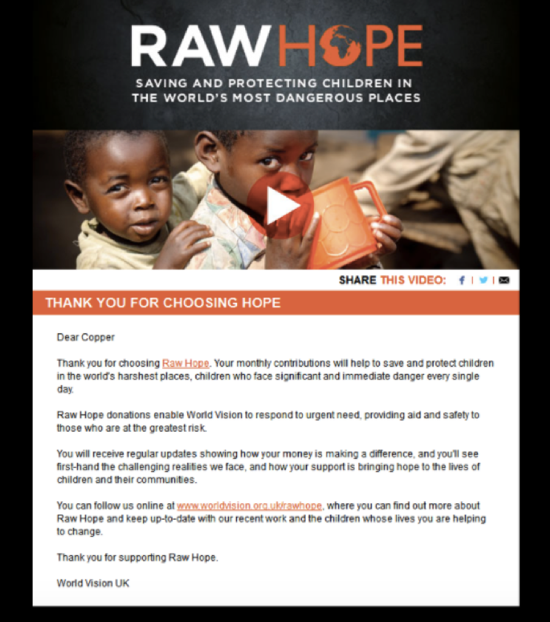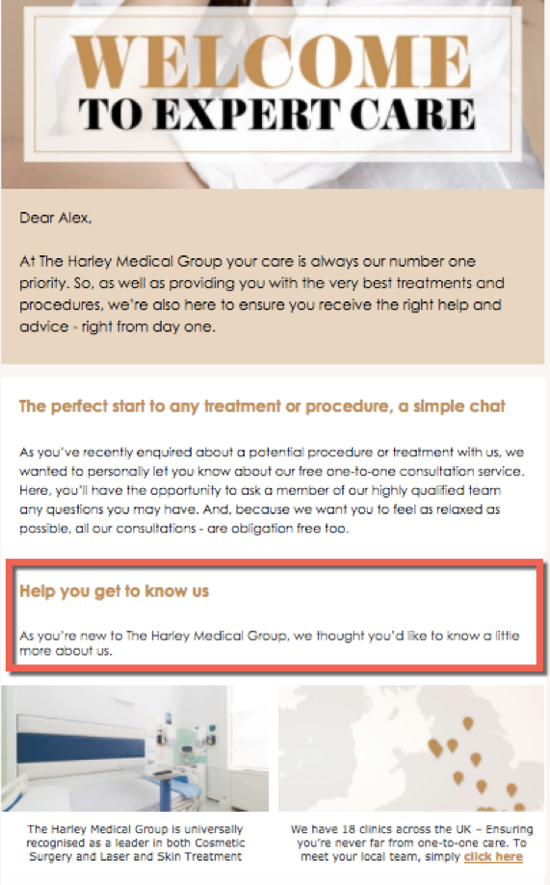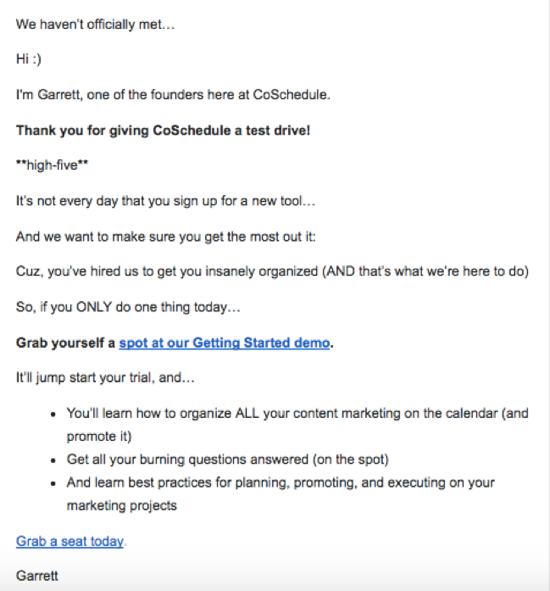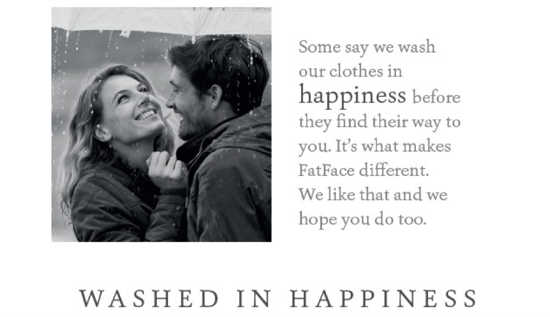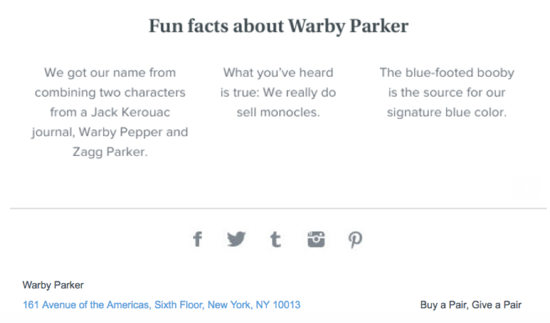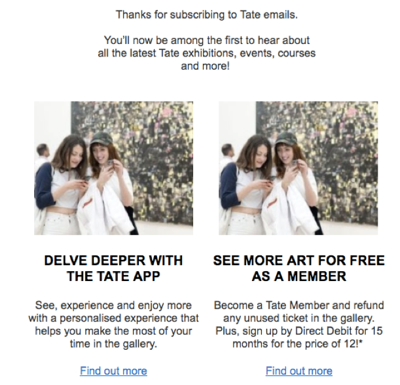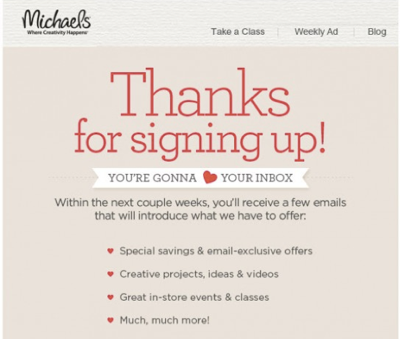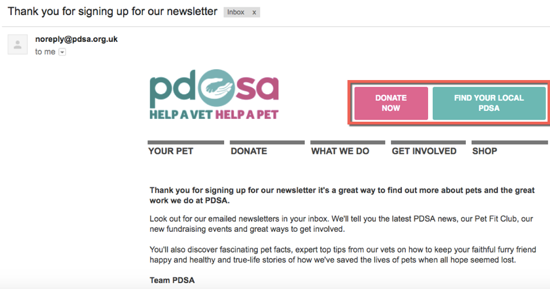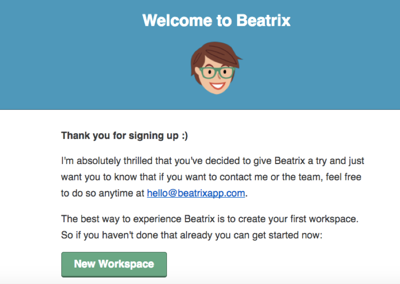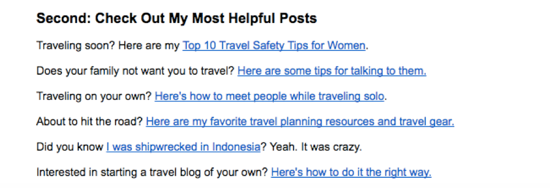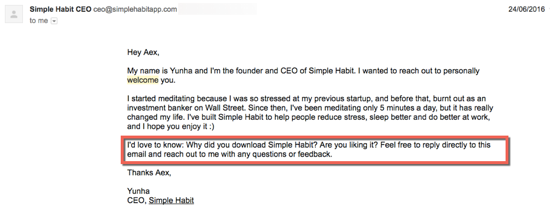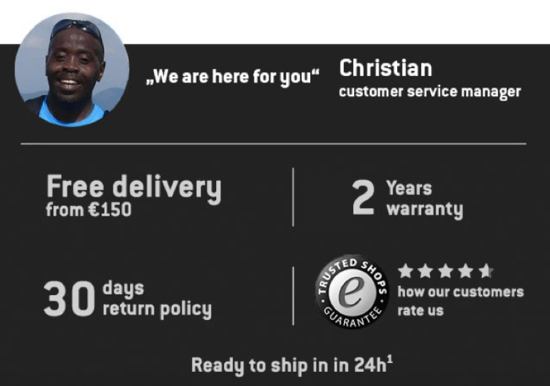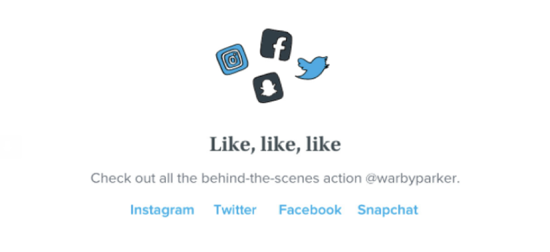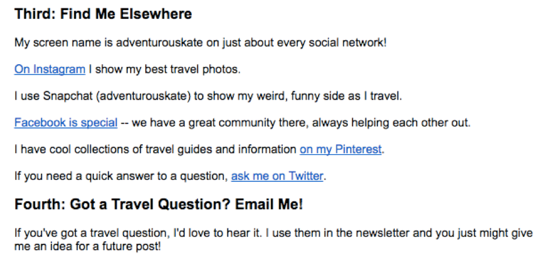How to write a great welcome email for new subscribers
New subscribers are a huge win for your business, but only if you engage them from the very first email.
Think about it: a new subscriber signs up for your list to get an ebook, a discount, a free guide, or whatever incentive you’re offering. When they sign up, they’re welcoming you into their inbox and saying “yes” to you, and everything you have to offer.
That’s what makes the welcome email so important. It’s the most seducible moment that you’ll have to ask new subscribers to take action. And they’ll be more likely to act because they’re in this phase where they’ve already decided you’re worth their time.
Whether you manage a blog, an online shop or a charity, welcome emails are a huge opportunity to start building a new fan base of people who are going to love what you send them and open your emails (which is vital to email marketing success). Then, when the time comes, you can ask them to share your content, to refer you to other people. to buy from you, or take whatever action it is you need people to complete in order to make your project a success.
In this blog post, we’ll share with you some effective ways to write your welcome email to ensure you get the most out of it.
Say “thank you”
The first thing you can do to welcome new subscribers is to say “thank you” for opting in to receive your emails. So write a short introductory line of text to show your appreciation for joining your mailing list. Depending on your business, you can get as creative as you feel it’s appropriate by including images and gifs in your email.
Make sure to also use first name personalisation in your welcome email, like in this simple example from water sanitation charity One Drop:
Including the subscriber’s name in the subject line and inside the email can not only increase open rates by 29.3%, but it also helps to create an immediate personal connection with that subscriber.
Want to learn more? Read our article on six email personalisation tactics to help boost open rates.
Promised an incentive to sign up? Now’s the time to deliver
If you promised an incentive to entice users to sign up, whether it’s a voucher, a guide or a free trial, this is the time to share it. The last thing you want to do is to keep your new subscribers waiting and wondering.
Look at how this online shop does it:
So, apart from welcoming me to their mailing list, Bergfreunde.eu lets me know right from the subject line that my voucher code is inside this email. This ensures I don’t miss it in the inbox, and that I open it.
Here’s another example from a travel blogger who promises to deliver a free travel guide in exchange for signing up for his mailing list:
Make sure you deliver your gift or resource at the beginning of the email, and that it’s easy to spot, so users don’t need to scroll down or read a long email to get to it.
Set expectations
Next, you should make it clear to new subscribers about what they can expect from you. Let them know what type of content you’ll be sending to them, and how often. Also, will they be the first to know about new products, special deals or events?
Check out this example from Adventurous Kate, a travel blog:
Why is this important? Because if they don’t know what to expect and if you “surprise” them with too many emails, for example, they might get annoyed and unsubscribe, or even mark your emails as spam.
But if you are as clear as possible, it’s a good way to build trust while also ensuring that your emails make it to the inbox every time.
Check out these examples to see how others are setting expectations with new subscribers:
This next one also mentions that the content is only available to subscribers, which is a huge plus. The exclusivity of the content is one more reason to stay subscribed.
Remind them who you are
Not everyone who signs up for your list is a customer. Some might not even be familiar with what you do, what products you sell or what cause you stand for. They might’ve just signed up to get a free resource or to get educated on a particular topic.
This is your chance to introduce yourself, to share more information about who you are, what you do, and how you can help them.
Here are a few examples:
Take this opportunity to show off not only your expertise but also your personality as it’s how you can start building a connection with your new subscribers.
You can also show off your personality by telling a cool story about how you got the idea to start your business, blog, non-profit or local community, like in this example from FatFace.com:
Or how one of your products or causes has helped change lives for the better. Or by sharing some fun facts, like in this example:
The idea is to get personal and to allow people to get to know you on a deeper level. It’s a great way to set yourself apart from other businesses or organisations, even the big ones you’re competing against.
By introducing yourself now, in this welcome email, you’ll have a better chance at turning subscribers into customers in later emails because they’ll already be familiar with who you are and how you can help.
Reinforce the perks of joining your mailing list
If you can, talk them through why you’re the expert. Why your brand is the one brand they should listen to. Why they’re lucky they joined and why they should stay on your mailing list because it’s how they’ll get access to great deals, insightful resources and the tools they need to be happier, more productive, more focused.
Check out these examples to see how easy it is to explain the benefits of being a subscriber:
Using bullet points is a simple way to talk about the perks of being a subscriber.
Create a clear call-to-action
You can’t have an email without a call-to-action (CTA). And a welcome email is no exception. So come up with a strong CTA that not only stands out but also entices subscribers to act immediately.
You can try adding the CTAs at the top of email, like in this example:
Or at the end of your email:
Just make sure it’s prominent, clear and powerful enough to get people to click.
Share helpful resources
While new subscribers wait for your next email, why not use this first one to link to resources and content that they might find useful? If you have guides, how-to videos, or a blog with helpful articles, this is a great opportunity to share them with your new contacts.
Here’s a simple way to do this:
Ask for feedback
Encourage a two-way conversation by asking subscribers for feedback. If you have a blog, you can ask them to suggest topics they’d like to read more about. If you sell a product or a service, you can ask a few questions like in this example:
Asking for feedback right from the welcome email lets your new subscribers know that you value their opinions and are always looking to improve what you do to increase customer satisfaction.
Encourage engagement
It goes without saying that you should have your contact information in every email, and not only the welcome email. Readers need to know how to get in touch to get the help they need. Without this information, there’s zero trust.
If you have a team member who’s in charge of support, you can go as far as introducing him/ her to your new subscribers, like in this example from Bergfreunde:
Another essential way to encourage engagement is by linking out to your social media channels so subscribers can connect with you on other platforms as well.
Wrapping up
Your welcome email is the most important email you’ll ever send. So, take your time going through the tips and examples above to get some inspiration, and then start crafting yours.

